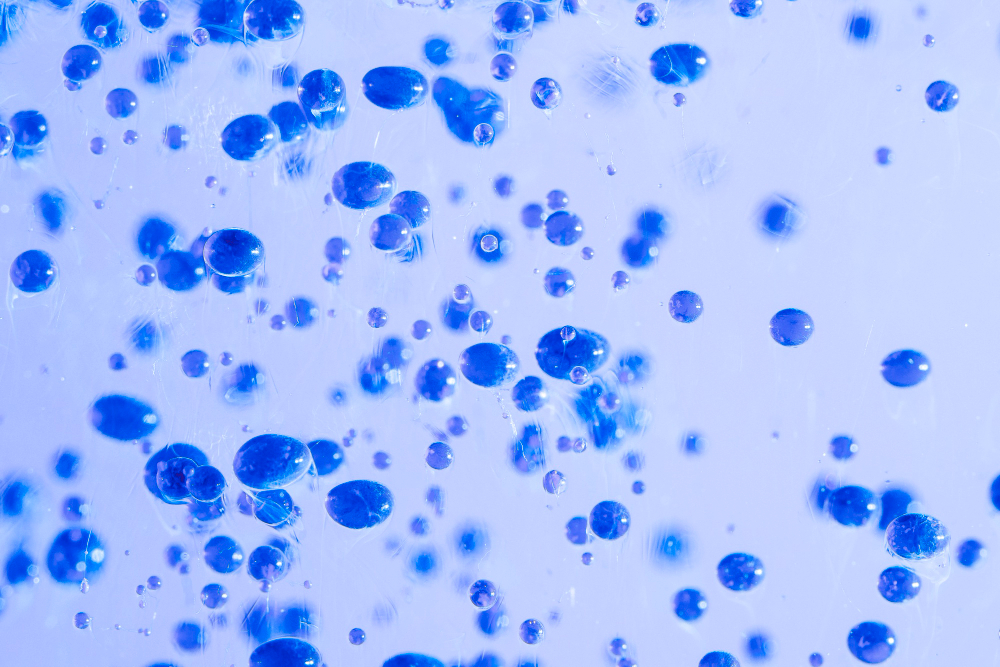At the heart of all living organisms lies the fundamental unit of life: the cell. Cells are the building blocks of tissues, organs, and organisms, each performing specialized functions essential for survival and growth. Despite their diversity in size, shape, and function, cells share a common feature: they are incredibly small. But why are cells so small, and what advantages does their diminutive size offer in the complex tapestry of life?
Maximizing Surface Area to Volume Ratio
One of the key reasons for the small size of cells lies in the concept of surface area to volume ratio. As cells grow larger, their volume increases at a faster rate than their surface area. This has significant implications for the exchange of nutrients, gases, and waste products across the cell membrane. Smaller cells have a higher surface area to volume ratio, allowing for more efficient diffusion of substances in and out of the cell. This ensures that vital molecules can be transported quickly and effectively to support cellular functions.
Enhancing Metabolic Efficiency
In addition to facilitating nutrient exchange, small cell size is also essential for optimizing metabolic processes within the cell. The smaller the cell, the shorter the distance that molecules must travel to reach their target destinations, such as organelles or enzyme complexes. This minimizes the time and energy required for biochemical reactions to occur, allowing cells to maintain high metabolic rates and respond rapidly to changes in their environment. By maximizing metabolic efficiency, small cells can effectively carry out essential functions such as energy production, protein synthesis, and cell division.
Surviving in Challenging Conditions
The small size of cells also reflects an adaptation to environmental constraints and challenges. In environments where resources are limited or competition for space is intense, smaller cells may have a competitive advantage over larger counterparts. Their compact size allows them to thrive in diverse habitats, from nutrient-poor soils to crowded microbial communities. Furthermore, small cells can reproduce more rapidly, enabling them to adapt and evolve more quickly in response to environmental pressures.
Supporting Cell-to-Cell Interactions
Cellular communication and coordination are vital for the functioning of multicellular organisms. Small cell size facilitates efficient communication between neighboring cells, allowing for rapid transmission of signals and coordination of physiological processes. For example, in the nervous system, small neurons enable rapid propagation of electrical impulses over long distances, facilitating rapid communication between different regions of the body. Similarly, small immune cells can quickly mobilize and coordinate immune responses to defend against pathogens and foreign invaders.
Minimizing DNA Damage and Replication Errors
Another advantage of small cell size lies in its ability to maintain genetic integrity and stability. During cell division, DNA replication and segregation processes must be tightly regulated to ensure accurate transmission of genetic information to daughter cells. Smaller cells have a lower risk of DNA damage and replication errors, as the distance between the DNA replication machinery and the cell membrane is minimized. This reduces the likelihood of errors occurring during DNA synthesis and cell division, preserving the integrity of the genome.
The Significance of Smallness in Cellular Biology
In conclusion, the small size of cells is not merely a matter of happenstance but a finely tuned adaptation that confers numerous advantages in the intricate dance of life. From maximizing surface area to volume ratio and metabolic efficiency to promoting environmental adaptation and genetic integrity, small cells are essential building blocks of life that underpin the functioning of all living organisms. By embracing the significance of smallness in cellular biology, we gain a deeper appreciation for the remarkable complexity and elegance of the natural world.



